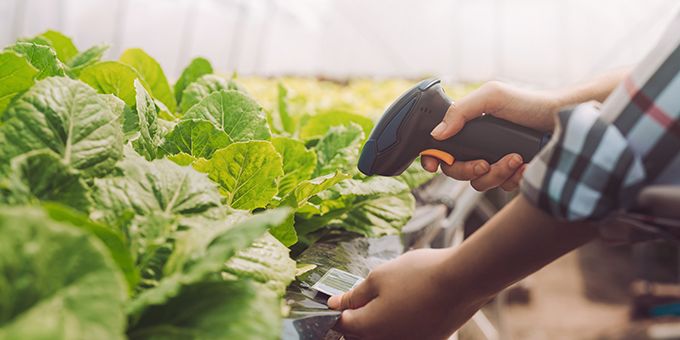Despite the wide range of hardware and software solutions available to farmers across the agtech landscape, it’s important to remember that technology is no substitute for good management practices.
 How Do I Know If I’m Adopting the Right Technology For My Farm?
How Do I Know If I’m Adopting the Right Technology For My Farm?

Jess Dickerson | Artemis
Despite the wide range of hardware and software solutions available to farmers across the agtech landscape, it’s important to remember that technology is no substitute for good management practices. Technology can also be very expensive and not very effective. However, if you have good practices in place already and choose the right partners, technology can make a huge difference for your business.
We’ve helped hundreds of farmers implement Artemis and the ones who have been most successful have evaluated against the following criteria.
- Is it interactive? Many agtech companies charge farms by the user for access to their software. As a result, they encourage bad behavior: sharing logins, limiting company access, printing things instead of allowing multiple users to work in the system. Just because it may seem cheaper to do that initially, it quickly becomes costly. Look for software that allows unlimited users and has robust permission-setting instead.
- The best technology supports quality management by working across your supply chain, allowing virtual access to make the most of your resources. Look for software that enables resource tracking across all of your processes.
- Don’t buy the hype. Companies are starting up faster than ever before and some will tout incredible new innovation. Trust your gut here. See if other farms are using it. Does it really work? Does it fill a real need for your business? There’s no need to buy drones if what you really need is digital task tracking.
- Evaluate your needs. We see so many farms kick off an RFP process for new technology and quickly slip into scope creep – typically when you start adding people to the process, they’ll add their needs and suddenly that RFP for manufacturing process software becomes a complete platform that manages everything from your farm to your social media profile. Stick to your guns. What is it that will really move the needle for your business? Seek that out and stay focused.
- Seek out a stellar team. Investing money into technology can be a gamble or a breeze. If you find a team that understands your operation, offers continuous support and training, and is available at any time, the process of learning the new software will become exponentially smoother.
- Consider the needs of your users. Do you need an app that runs in Spanish? Do you need a way for employees to login without an email address? Consider who will use the system and ensure the vendor can meet not just your needs, but the needs of your team as well.
Great technology can elevate your business, but it’s often difficult to figure out what technology is right for you and your operation. A good first step is reading our buyer’s guide for direction.
Artemis has released a Software Buyer’s Guide to help growers determine whether or not they’re ready to implement new technology on their farm, where to begin their search and how to evaluate providers. You can read and download it here.
Editors Recommendation "Universal Automation in Agriculture"
The content & opinions in this article are the author’s and do not necessarily represent the views of AgriTechTomorrow
Comments (0)
This post does not have any comments. Be the first to leave a comment below.
Featured Product


